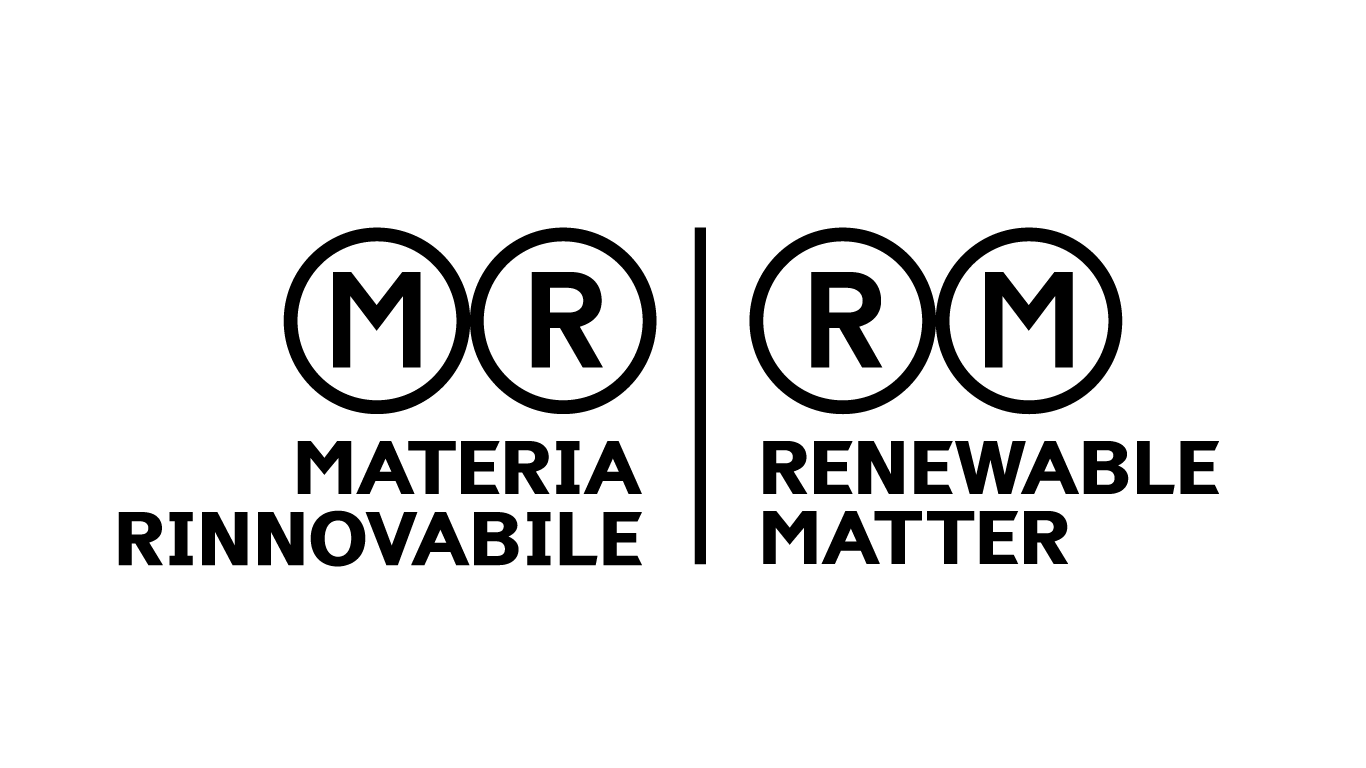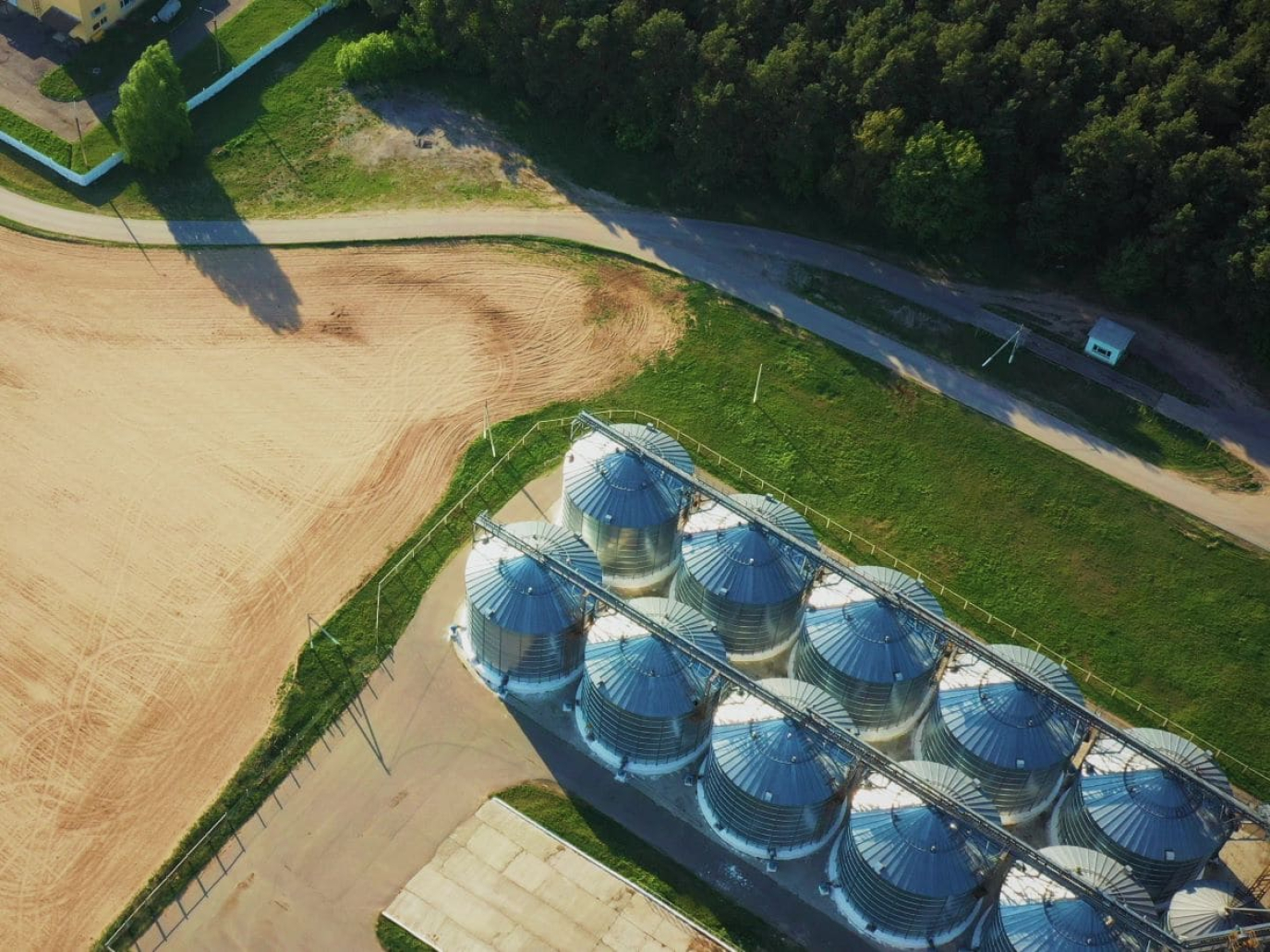
There is a little-known climate lever already in existence in the energy sector: biomethane. This resource can be used to transform organic waste into energy, fertilisers and biogenic CO₂. The World Biogas Association estimates that human activity generates 105 billion tonnes of organic waste every year, resulting in high emissions of methane, a gas that is 85 times more climate-changing than CO₂ over a twenty-year period.
Today, only 2% of these waste streams are managed properly. Appropriate management would make it possible to cut global emissions by up to 13% by 2030, combining waste prevention for about 3% and the treatment/recycling of unavoidable waste through anaerobic digestion for an additional 10%. The proposal is practical: incorporate anaerobic digestion into national climate plans, create markets for environmental benefits, and promote digestate as a fertiliser. It is an immediate lever, with benefits for soil, air, public health, and energy resilience in sectors that are difficult to electrify.
Europe between targets and construction sites
In the European debate, biomethane signifies security, competitiveness and orderly transition. The European Biogas Association is advocating for a binding target of 100 billion cubic metres by 2040 and a European Biogases Charter to align national plans, accelerate permits, reform the market and acknowledge the circular value of digestate and biogenic CO₂.
Today, the contribution is around 22 bcm, equivalent to around 7% of EU gas consumption in 2023, with private investment growing and the potential for biogenic CO₂ capture reaching 89 million tonnes per year by 2040. At the European Biomethane Week, Commissioner Dan Jørgensen recalled that “biomethane provides clean energy to support the competitiveness of European industries and can strengthen our security and independence by enabling us to diversify our gas supplies with a homegrown alternative.” The point, however, is industrial.
Daniel Mes, from the Commission's Competitiveness Task Force, warned that “Europe is open for business for biomethane. But saying we are open for business is the easy part; the real task is to help build the business case.” The same stage made the obstacles clear: growth slowed down by lengthy authorisation processes, barriers to grid injection, limited cross-border exchanges and poor public understanding. The operational translation involves long-term regulatory certainty, more integrated grids and full utilisation of digestate and bio-CO₂ in climate finance metrics.
Denmark, the European workshop
Denmark is a prime example, as it combines industrial scale, a prompt network and political ambition, as well as holding the current EU presidency. “Denmark has built one of the world’s most advanced biogas systems, where agriculture, energy and waste management are integrated into a single circular economy. The Danish biogas sector is a world leader in terms of the share of biogas in the gas grid, as well as in expertise, knowledge, and technology. Nearly half of all gas in the Danish grid already comes from biomethane, and we have the potential to reach 100% green gas by 2030,” explains Lars Kaspersen, CEO of Biogas Denmark, to Renewable Matter. The figures speak for themselves: in 2025, biomethane will cover around 45% of network consumption, with 173 plants in operation and investments exceeding 12 billion crowns since 2014. CO₂ reduction is estimated at 2.9 million tonnes in 2025, with a potential of 5.1 million in 2030. The system function is key.
“Biomethane is the flexible backbone of the green transition. It delivers energy security when wind and solar fall short, reduces methane emissions from agriculture, and recycles nutrients back to the fields. In other words, it keeps the lights on, cuts emissions and closes the resource loop,” Kaspersen sums up. On an institutional level, Energy Minister Lars Aagaard set the bar by pointing out that in 2024 biogas accounted for around 40% of the system, on a path towards a completely decarbonised gas grid.
From biogenic CO₂ to Power-to-X
The Danish trajectory looks beyond direct use on the grid. “With the right market conditions, Denmark can show all of Europe how to replace fossil gas entirely with sustainable biomethane, how to achieve a sustainable agricultural production — and how to use biogenic CO₂ from biogas as a cornerstone for future Power-to-X fuels like e-methane and e-methanol,” Kaspersen emphasises. From here, two complementary approaches come into play.
CCS (Carbon Capture and Storage) refers to capturing biogenic CO₂ generated during upgrading and storing it geologically for net removal from the atmosphere. CCU (Carbon Capture and Utilisation) instead indicates the reuse of the same CO₂ as a raw material in e-fuels, chemicals and industrial processes. It does not always produce permanent removals, but it reduces the use of fossil CO₂ and integrates renewable electricity and molecular carriers. The Danish experience proves that biogas and biomethane are now an energy and industrial resilience infrastructure, capable of connecting the local scale with the European scale of transition.
Cover: photo by envato



